I never expected this project to take such a dark turn overall. This project grew out of a larger project about the forces that drove the Canadian Confederation and is one of two such ‘short history’ projects. I have now realised that there is no such thing as a brief history. History is a messy business, no matter how much you might want to think otherwise. My ancestors were not part of Canada’s colonial history as someone of Dutch descent. I cannot deny that my ancestors were colonials all the same but in a different part of the world. As colonials, we have two choices; we can decide to embrace our world view of history whitewashed and pleasing to the ear and mind or accept our dark history and learn to atone for past actions. I choose to embrace the dark past and learn to accept what happened before and move forward with humility and acceptance of what is past.

Crown Graphic – Nikon Nikkor-W 1:5.6/180 – Ilford HP5+ @ ASA-200 – Pyrocat-HD (1+1+100) 9:00 @ 20C
Graflex Crown Graphic – Fuji Fujinon-W 1:5.6/125 – Ilford HP5+ @ ASA-200 – Pyrocat-HD (1+1+100) 9:00 @ 20C
Graflex Crown Graphic – Fuji Fujinon-W 1:5.6/125 – Ilford HP5+ @ ASA-200 – Pyrocat-HD (1+1+100) 9:00 @ 20C
You cannot explore the history of Canada in any aspect or subject without realising that we need a significant rethink of our country’s history. Context is needed; I went through school in the late 20th Century, and while it pains me to call it the late 20th Century, my view of Canadian history is skewed because of this time frame. During this period, people of my age see Canada in the best light possible but ignore and sweep under the rug the uglier truths of how Canada became Canada. And here is the ugly truth, the men who negotiated the creation of Canada were mainly British who viewed anyone other than British as savage and had no culture. And yes, that includes the French-Canadians living under British rule since 1759, even though they were a part of these Confederation negotiations through the three conferences between 1864 and 1866. Add to this that those heavily invested politically and financially were friendly towards the colonial parliament or were British themselves. Here in Ontario, while not as pronounced, the simple fact remains that colonial matters prevailed over all others where there were rails. Small stories and history count for little in this matter; when you look at the bigger picture, no matter which railroad you examine, they all share the same sin. But if you want to see the real influence of railroad colonialism in Canada, you have to look west. One of the most significant parts of the Confederation of Canada was creating a rail line that connected the vast distances between the Provinces of the old British North America, the longest stretch being that between the populated areas of Canada West (Ontario) and British Columbia. The great plains were home to hundreds of thousands of Indigenous peoples. Candian Pacific was not above using any tactic in the book, with the help of the Federal Government. Indian Agents went as far as denying food to those bands who refused to cede their land to the railroad through the treaty. The Federal Government were more interested in title, development and resources than honouring the living spirit of the treaty they were signing. In one case, some 5,000 people were displaced in Cypress Hill, Saskatchewan, to make room for the railroad to move through. But many did not take this quietly. The collapse of the Buffalo herds and hunt made the Indigenous peoples more reliant on the Government for food, so many had to out of the need to survive. But not all took this; Chief Poundmaker of the Cree and Louis Riel a Metis stood up and raised an army against the rapid drive west. Rather than listen to their needs and asks, the Canadian Government responded in force in 1885. The quick push for construction allowed the railroad to move Canadian Militia troops west to violently put down the rebellion, which history remembers as the North-West Rebellion. Today you can easily replace the Railroad with Pipeline, and the cyclic nature of history is seen again. The Wet’suet’en blockages of pipelines through Canada and the United States have Shadows of the 1885 rebellions, and both nations have responded without any quarter. Blockades in support sprang up across Ontario, blocking the Canadian National, former Grand Trunk mainline in several places on territories obtained through the same means. If there are rails, colonial control is easy to enforce. Rather than try and heal and listen, Canadian National followed the same patterns of the past. Bring in Federal help to remove the blockage or take the sneaky route and send trains further north on the Canadian Pacific line. All of this has happened before; all of this will happen again.
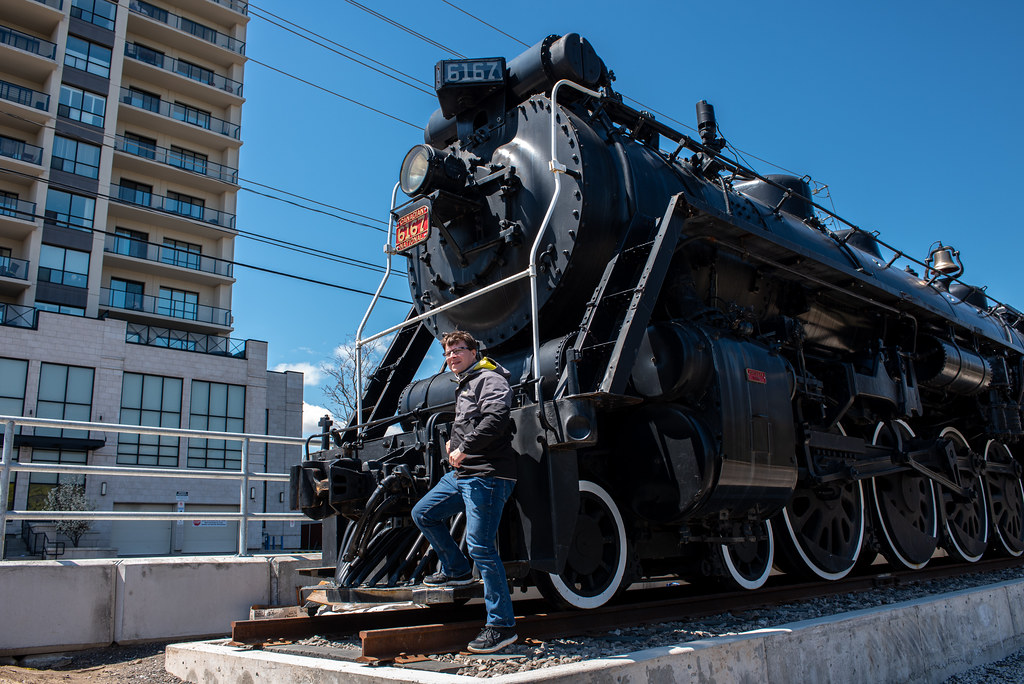
Nikon D750 – AF-S Nikkor 28-70mm 1:2.8D
Nikon D750 – AF-S Nikkor 28-70mm 1:2.8D
Nikon D750 – AF-S Nikkor 28-70mm 1:2.8D
Photographically I’m rather pleased with how this project worked. At the same time, I have always attempted to make these history projects a lesson of consistency that has not always been the case. The trouble with vintage cameras is that things don’t always keep working. I’m often faced with the problem of failure either in equipment, film stock or developer. Not in this case, going with a Crown Graphic and ensuring that all my lenses were in top working shape. Even the delay in bringing the 150mm Fujinon into play helped with having it serviced first. The biggest concern I had remained with the meter I chose to stick with, the Pentax Spotmeter V, while a solid performer, isn’t infallible, and I’ve had one fail on me in the past. Thankfully even that stood up through the whole process. I can honestly say that I’m surprised I never ran into any significant equipment or medium concern on the film side of things. The digital side can say the same; this was the first project that I feel is an actual hybrid project. While the large format took centre stage, my D750 played a secondary role, always being present and capturing the detailed shots of the station as I went along. And even when it came to the digital side, I stayed consistent, sticking with the same camera body, the D750 mentioned above and the same lens, a Nikkor 28-70mm f/2.8D. In contrast, not a modern lens by any standards became a fast favourite shortly after it arrived in my kit. The biggest problem I faced with photography was picking which items to include in the project. And I’m glad that I limited myself to only fifty subjects because when it comes to the railroad in Canada, let alone Ontario, many subjects could be included. But life happens; in the middle of the major push to capture photos for the project, I learned I would be a father. Thankfully it did not have a detrimental effect on my work that day, with no mistakes at all, which would have been troublesome when working with a 4×5. There’s no forgiveness with that camera.

Graflex Crown Graphic – Fuji Fujinon-W 1:5.6/125 – Ilford HP5+ @ ASA-200 – Pyrocat-HD (1+1+100) 9:00 @ 20C
Graflex Crown Graphic – Nikon Nikkor-W 180mm 1:5.6 – Ilford HP5+ @ ASA-200 – Pyrocat-HD (1+1+100) 9:00 @ 20C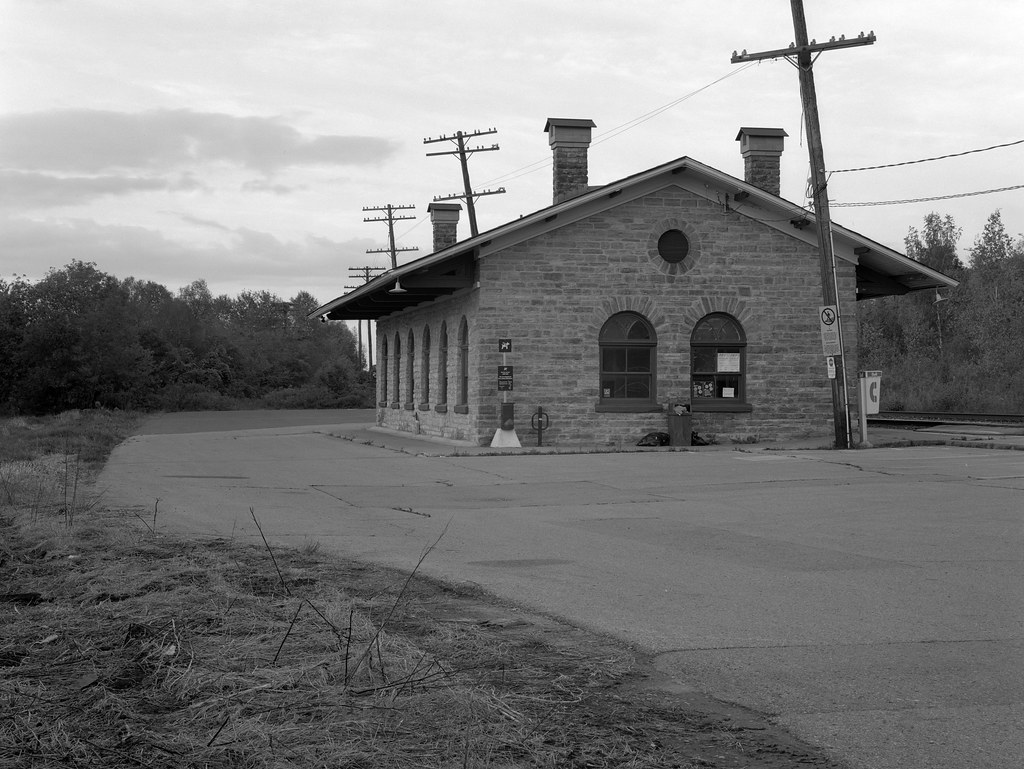
Crown Graphic – Nikon Nikkor-W 180mm 1:5.6 – Ilford HP5+ @ ASA-200 – Pyrocat-HD (1+1+100) 9:00 @ 20C
While many of Ontario’s historical train stations have been preserved and many remain in original use, there have been so many that have been lost. One of the hardest things during the project was selecting which stations to capture and find a variety. The trouble is that many historical stations were lost during the 1980s and 1990s, especially those built by Canadian Pacific, who took great pleasure (but probably not) in divesting property through demolition. Despite how much has been lost, there is plenty left to explore, although mostly the stations that survive were built by Grand Trunk, and since they did hold a monopoly in Ontario for many years, I had to accept this fact and move forward. And right up into the final months of the project, the subject matter changed rapidly to proceed with the strange flow of life. And while I am happy with the results and subjects, I found some that I do wish I had the chance to capture. Mainly the Brockville Rail Tunnel, and the stations in Smith Falls and the other stations in Port Hope. Like many things related to history, some stations had extensive online documentation and others were less exciting, and others were downright impossible to find any details. Thankfully, joining a Facebook group related to the railroad filled with a tonne of railfans and former railroad employees provided an invaluable resource and helped fill in the gaps or provide near-complete histories on some stations.
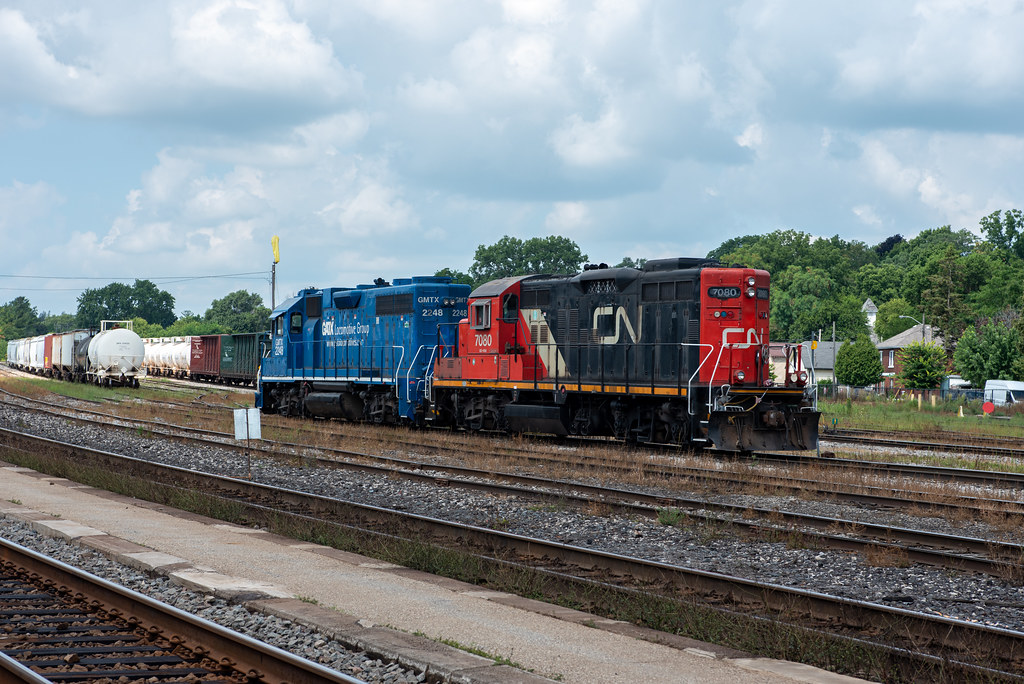
Nikon D750 – AF-S Nikkor 28-70mm 1:2.8D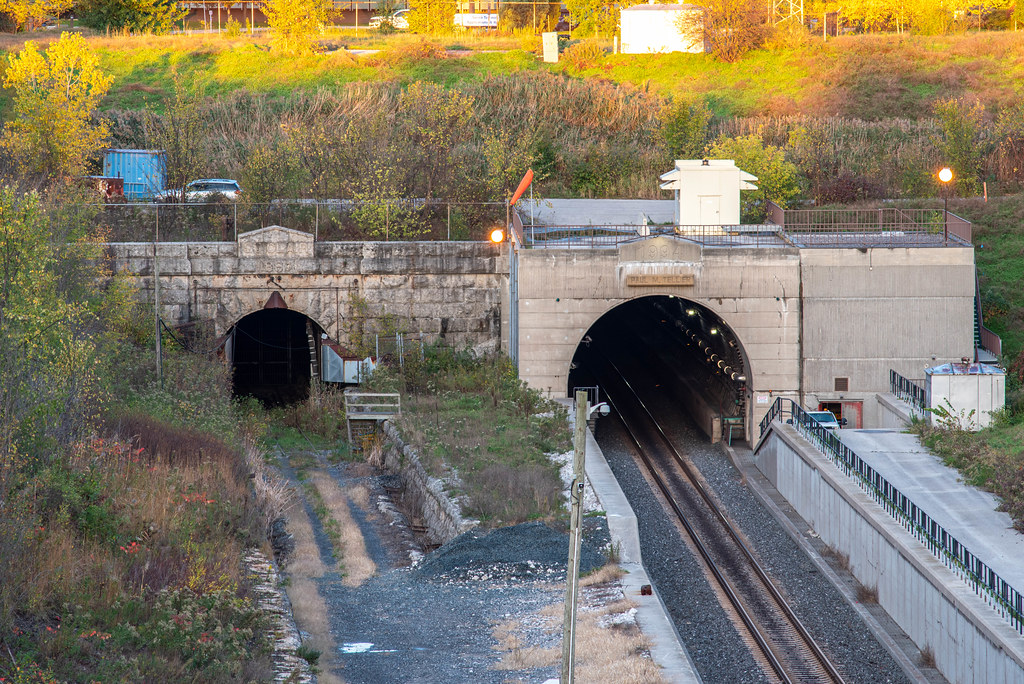
Nikon D750 – AI-S Nikkor 200mm 1:4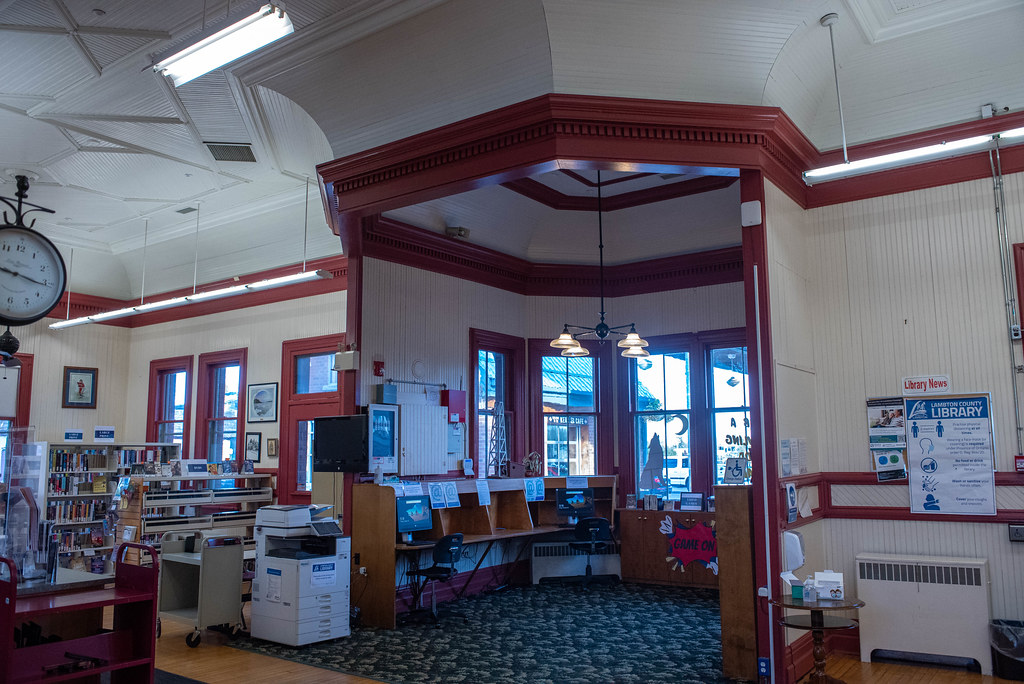
Nikon D750 – AF-S Nikkor 28-70mm 1:2.8D
If you want a bit of a distraction, you can take a look through all the photos I collected throughout the project; they can be found in an album over on my Flickr account. And if you want something for your shelf, you can pick up the book over on Blurb. Until next time my friends, final call, all aboard.